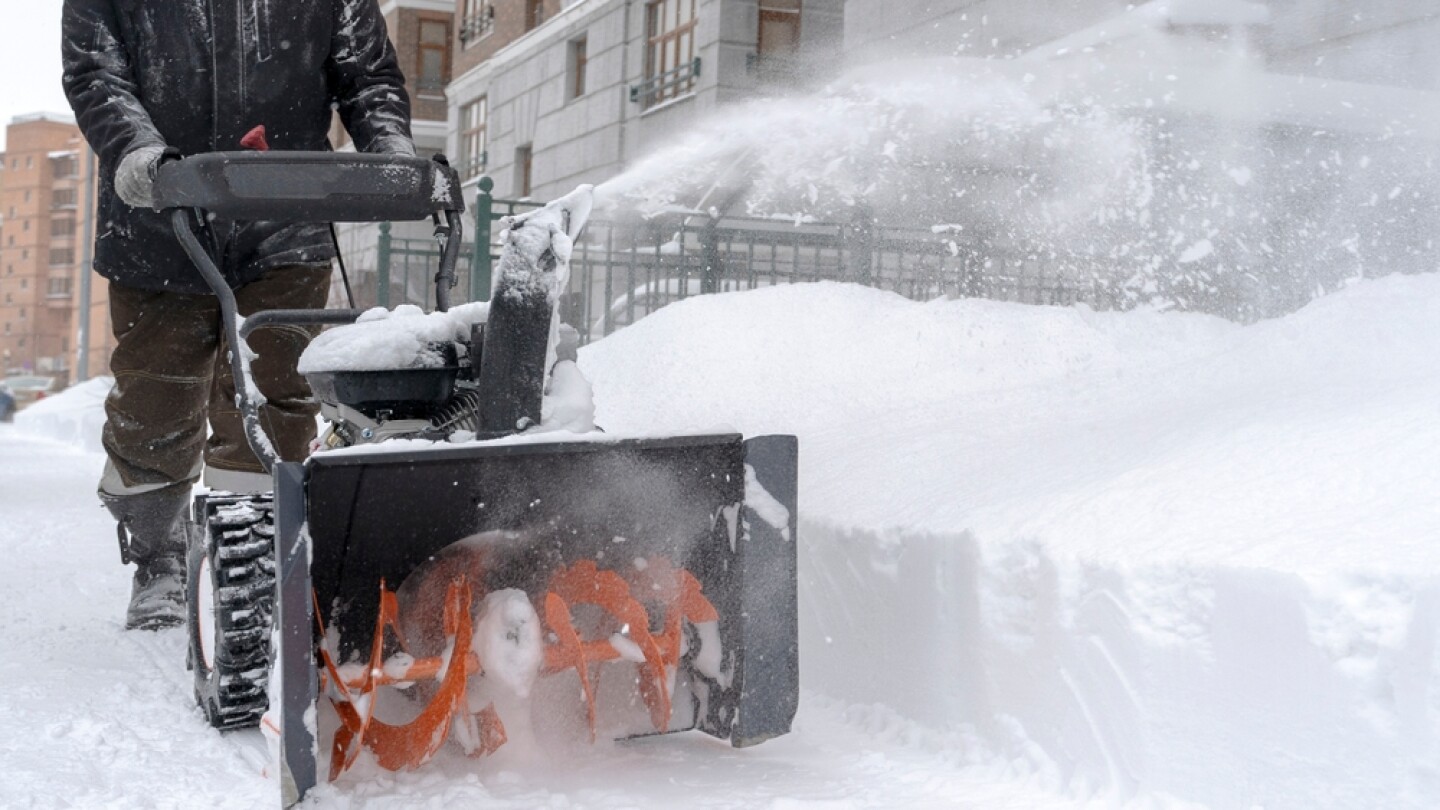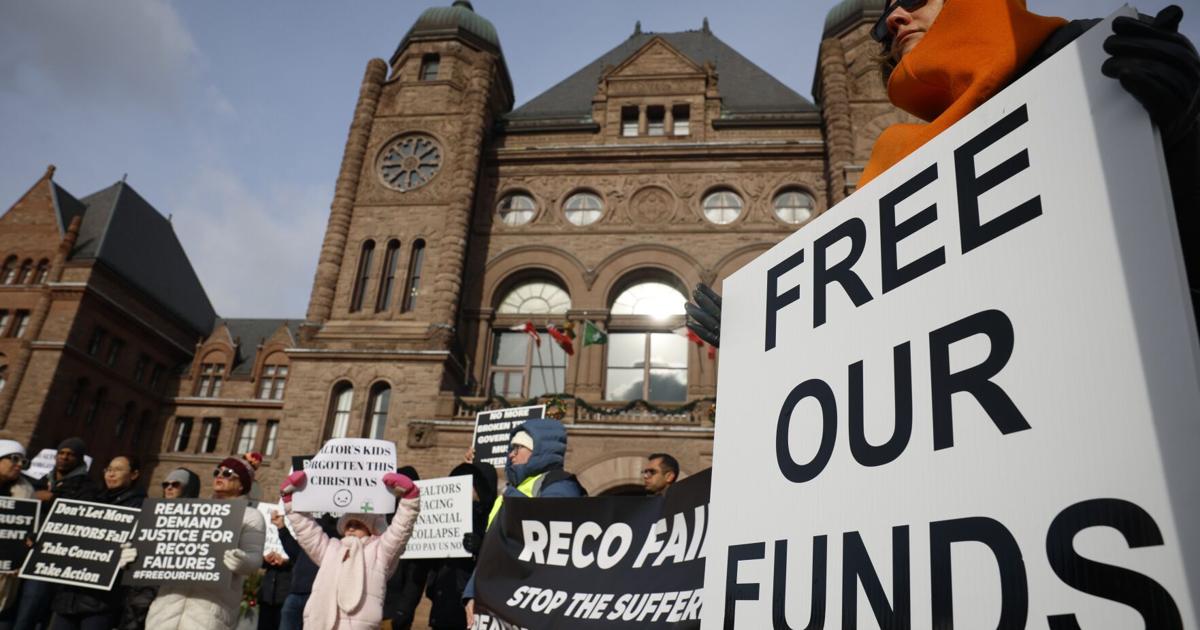A
s global temperatures continue to rise due to climate change, extreme temperature fluctuations are causing increasing damage and disruption. While heat waves and hurricanes often dominate the headlines, cold snaps and winter storms can be just as destructive. These events can form massive storm fronts, bringing plummeting temperatures that overwhelm infrastructure, resulting in significant damage, disruption, and loss of life.
The five costliest winter storms between 2013 and 2022 caused nearly $50 billion in damages. Historically, these hazards were confined to northern regions, but they are now affecting more southerly areas that lack the necessary infrastructure to withstand extreme cold and winter storms. A new report from ULI highlights the risks posed by extreme cold and presents a business case for building resilience into real estate portfolios.
The report aims to educate real estate owners, developers, and investors about the potential impacts of extreme cold on their properties and suggests mitigation measures to enhance resilience. August Williams-Eynon, manager at the Greenprint Center for Building Performance, is part of the team behind this initiative. Lindsay Brugger leads ULI's Urban Resilience Program, which seeks to advance real estate's role in building more resilient cities.














